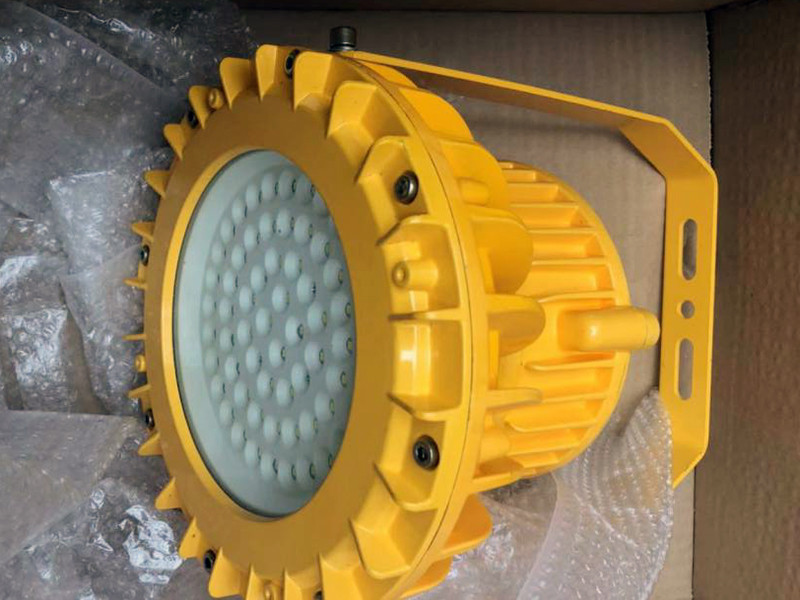The sweltering summer temperatures test the resilience of LED explosion-proof lights extensively. For clients utilizing these lights, both outdoor and indoor, it’s crucial to comprehend the varied cooling strategies applicable to different scenarios. Based on extensive industry experience, several efficient heat dissipation methods have been distilled:

1. Aluminum Fins: A prevalent cooling technique involves incorporating aluminum fins as part of the casing to enhance the dissipation surface.
2. Heat Pipes: These are employed to transfer heat from the light’s core to the external fins, a common design in substantial fixtures like streetlights.
3. Aerodynamics: Utilizing the light casing’s design to generate convective airflow is the most economical approach to improve cooling.
4. Surface Radiation: The light’s outer casing undergoes radiation heat dissipation treatment, often using a special coating to radiate heat away from the surface.
5. Conductive Materials: During the plastic casing’s injection molding, heat-conductive fillers are used to boost the casing’s thermal conductivity and dissipation.
By capitalizing on the advanced cooling capabilities of LED explosion-proof lights, you can effectively safeguard against high-temperature damage and prolong the lifespan of the lights. Prioritizing regular maintenance and care is vital to reduce potential damage and ensure seamless operation, preemptively addressing potential issues.
 Shenhai Explosion-Proof
Shenhai Explosion-Proof
